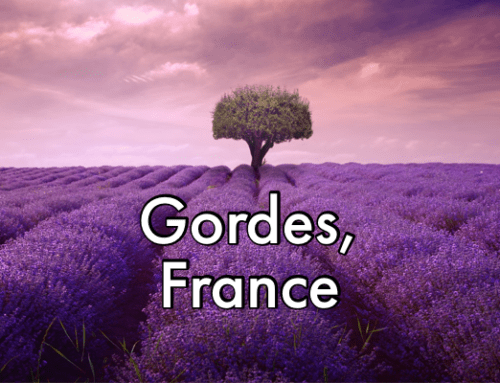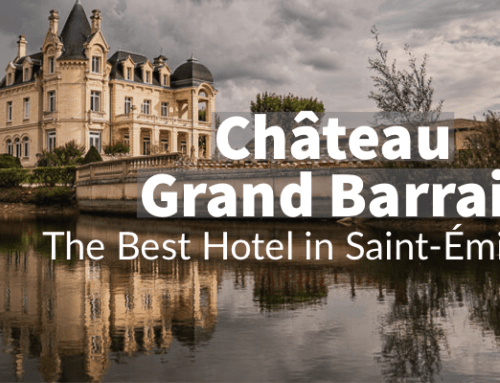While Paris may exude an unrivaled energy, it’s the tranquil villages of France that allow you to escape urban chaos and embrace the joie de vivre. The Champagne region, despite its worldwide notoriety, does just that.
Champagne is birthplace of bubbles filled with charming chateaus, flower-dotted fields, and an abundance of its namesake libation. It’s where you go to put the phones down and pick the champagne glasses up and toast to the good life. To anyone that says that Disney is the happiest place on earth, they’ve never spent time in Champagne…
Where to Stay
We had always dreamt of visiting this magical region, but never had the chance to visit it in person until now. Ready to embrace the French art of living, we chose to stay in the countryside at Chateau de Sacy , about 15 minutes from the hub of Reims.
There are other wonderful hotels and AirBnb’s in the city of Reims as well as in the “Capital of Champagne,” Epernay. Some top hotels in these cities are the Domaine Les Crayeres and the Royal Champagne Hotel & Spa.

How to Get to Champagne
Champagne is just a quick trip away from Paris, located about 90 miles away from the city center. You can easily take the TGV train which takes between 45 minutes and 1 hour to Reims or you can rent a car, which is what we did in order to have more freedom and as part of a larger road trip around France.
The History of Reims
Reims is known today as the epicenter of Champagne, but its history tells so much more. This is where French kings were crowned, where Champagne first bubbled, and where the Germans officially surrendered in 1945, bringing World War II to a close in Europe. Though World War II left the city unscathed, World War I had devastated Reims.
The ancient Romans planted the first grapes here, but Champagne wasn’t officially invented until the late 17th century and mostly because of necessity. The local climate didn’t produce still wines and thus, some of the most revered and unique wines are produced right here in Champagne.

Where to Taste in Champagne
The Champagne region is filled with all the notable names that you know and love at home: Veuve Cliquot, Moët & Chandon, Ruinart, and Dom Perignon. We highly recommend visiting one of these large houses to see how the “big dogs” make and market champagne, but it’s also important to see how the small producers create champagne. The experiences will be completely different, and the tastes will reflect the differences as well.
We tasted at three places: Ruinart (Large producer, Reims), Maison Penet (Small producer, Verzy), and the Cellier Belle Epoque by Perrier-Jouët (Large producer, Epernay).
*It’s important to note that Champagne is not like Napa. In order to visit the champagne houses, you must make a reservation. You can easily do this on the website of the champagne house or through your hotel.











Leave A Comment